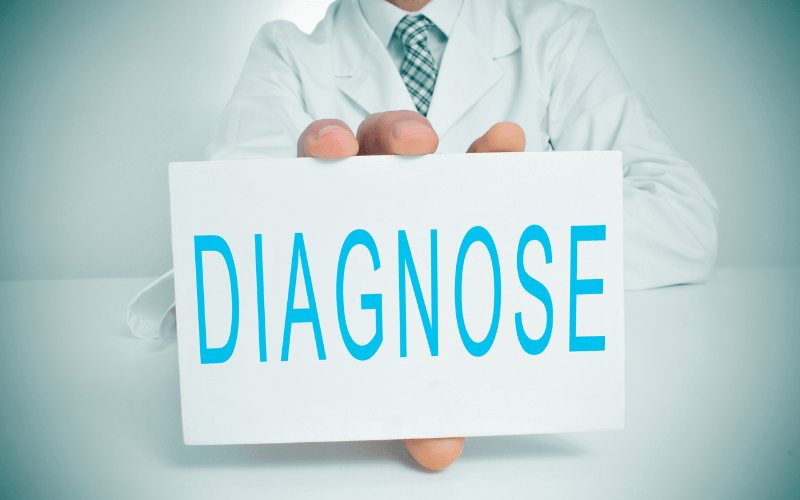Fact 6: Diagnosing Tonsillitis

The diagnosis of tonsillitis begins with a clinical assessment. This typically involves a healthcare provider conducting a physical examination of the throat. During the examination, the provider looks for common signs of tonsillitis such as red, swollen tonsils, white or yellow patches on the tonsils, and swelling of the lymph nodes in the neck. The patient’s symptoms, such as sore throat, difficulty swallowing, fever, and the duration of these symptoms, are also taken into consideration. This initial assessment provides crucial information that helps distinguish tonsillitis from other throat-related conditions.
To further confirm the diagnosis and determine the cause of tonsillitis, a throat swab may be performed. This simple procedure involves taking a sample from the back of the throat with a sterile swab. The sample is then tested for the presence of streptococcal bacteria, which is a common bacterial cause of tonsillitis. Rapid strep tests can provide results quickly, often within minutes, enabling prompt initiation of treatment if bacterial infection is confirmed.
In some cases, particularly if the rapid strep test is negative but bacterial infection is still suspected, the throat swab sample may be sent to a laboratory for a culture. This test allows for the growth and identification of bacteria present in the throat and can provide a more definitive diagnosis. Although this test takes longer, usually 24 to 48 hours, it is valuable in cases where the clinical picture is unclear or when the patient does not respond to initial treatment.
Blood tests, including a complete blood count (CBC), may be ordered in cases of severe or recurrent tonsillitis. These tests can help assess the body’s overall response to infection and rule out other conditions that may present with similar symptoms. Elevated white blood cell counts, for example, are indicative of an infection but do not distinguish between viral and bacterial causes.
Accurate diagnosis of tonsillitis is critical for effective treatment. Misdiagnosis can lead to inappropriate treatment, such as the use of antibiotics for a viral infection, which contributes to antibiotic resistance. Conversely, missing a bacterial infection could result in complications. Therefore, a combination of clinical assessment, rapid testing, laboratory cultures, and, in some cases, blood tests, is essential for a comprehensive and accurate diagnosis of tonsillitis. (6)